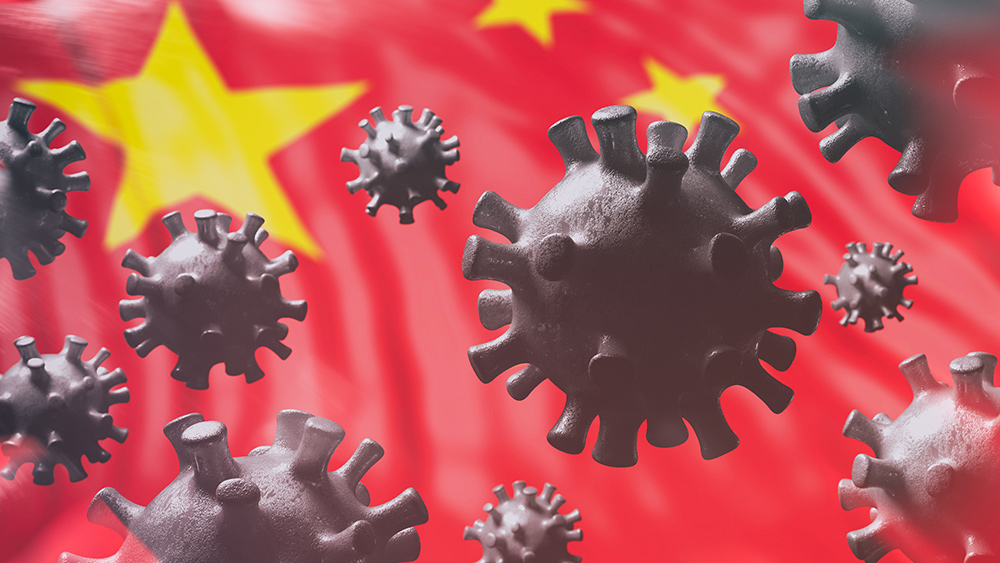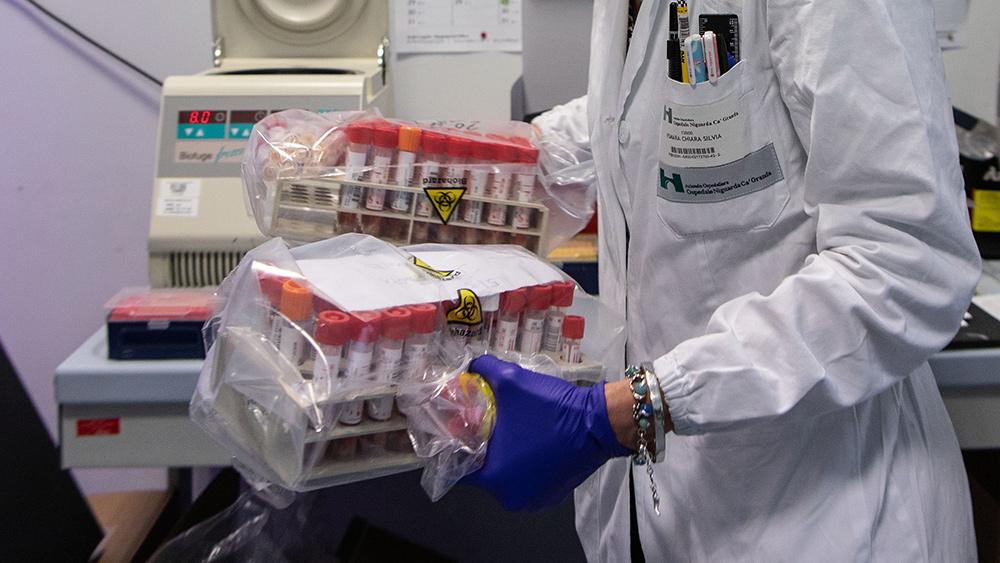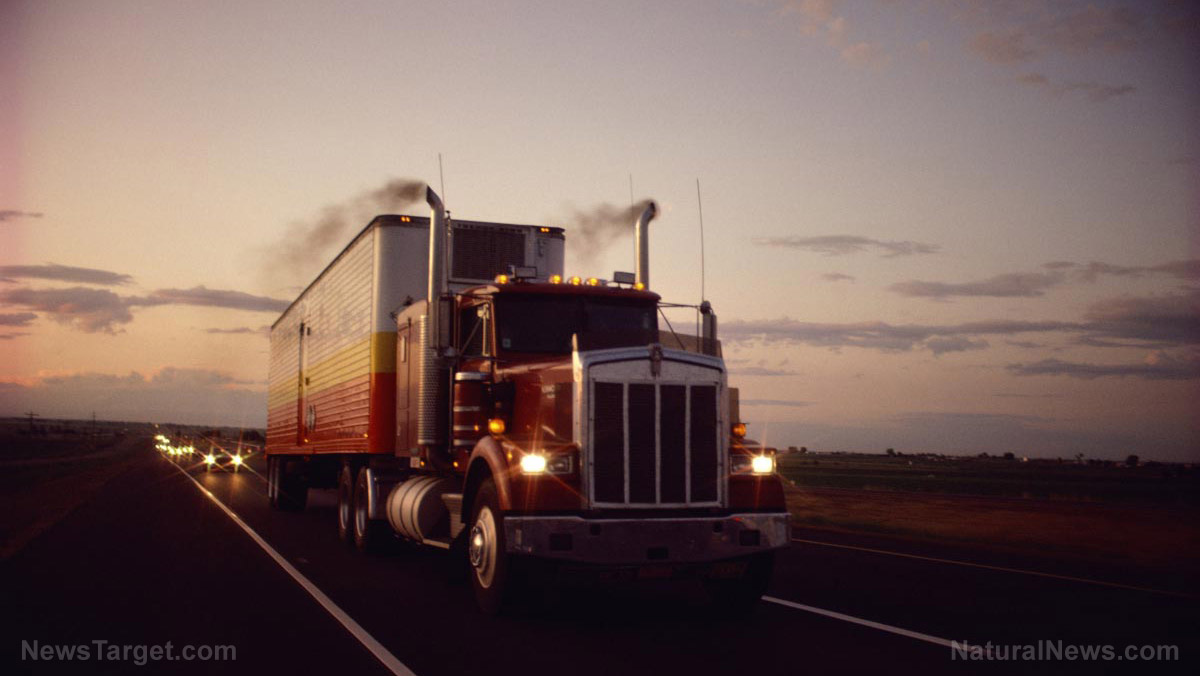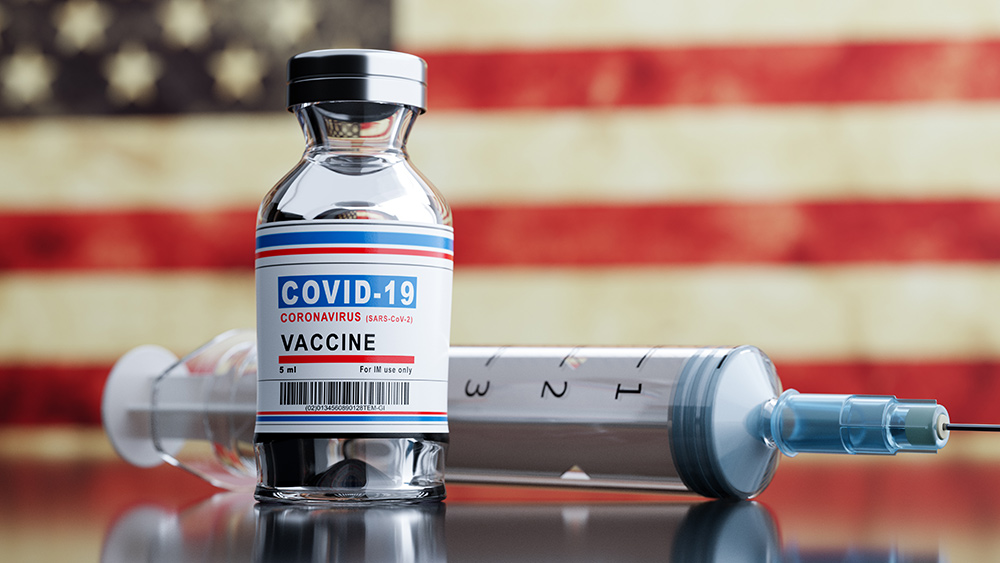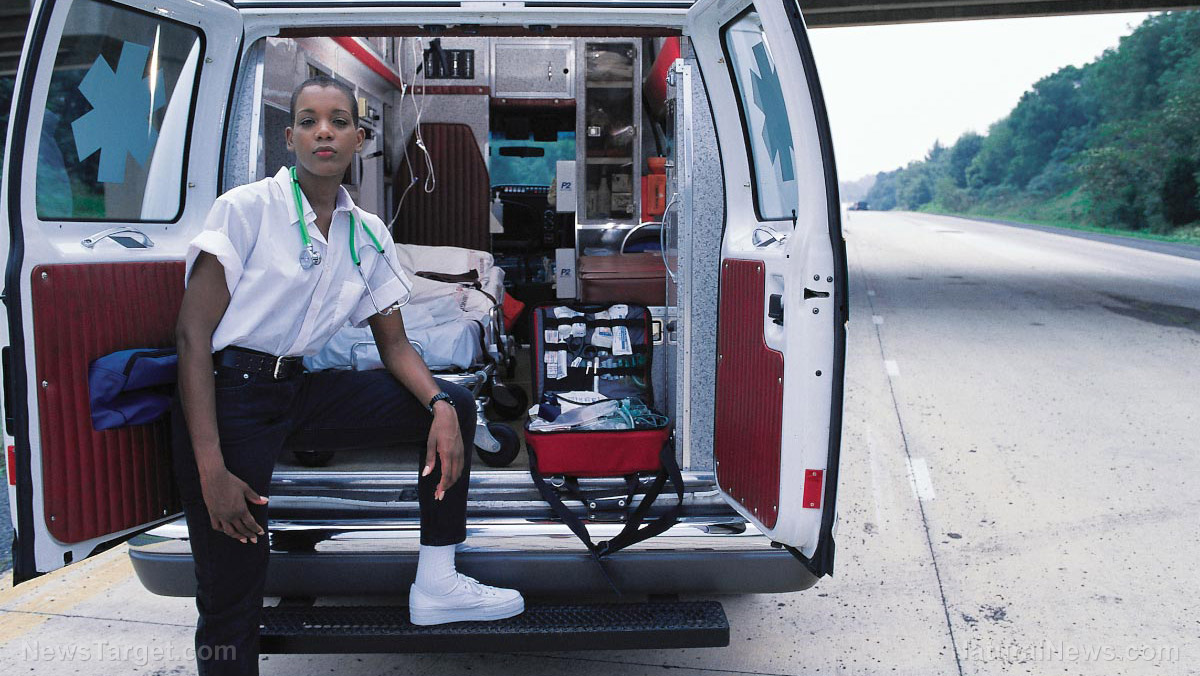Huge spike in ship emissions due to ships idling in ports
12/07/2021 / By Cassie B.

The supply chain chaos and port backlogs being seen right now aren’t just throwing a wrench in people’s Christmas shopping plans this year – these issues are also causing the biggest rise in ship emissions that we’ve seen in more than a decade.
One big problem is the fact that container ships like those that bring goods from Asian ports to America are taking advantage of good weather on the seas to speed up by up to 22 percent, which means they consume considerably more fuel on their journey.
Then, once they arrive at the port, the unprecedented congestion levels mean that significant numbers of ships are forced to idle in the water, pumping their pollution into the areas neighboring the ports.
Just how bad is the problem? A study by Singapore’s Nanyang Technological University found that ship emissions at the port of Los Angeles doubled from July 2020 to July 2021; emissions rose by 123 percent in Singapore during that time. Some of the biggest emissions increases were seen coming from ships that serve U.S. demand. For example, bulk carriers that transport grain and coal are seeing emissions up by 140 percent, while container ship emissions at ports are up by 94 percent.
Pollution is impacting people’s health in portside communities
It’s bad news for the areas surrounding ports as port pollution has been found in studies to increase childhood asthma and cancer. It is believed to be a factor in around 1,300 premature deaths per year in neighborhoods surrounding the ports of Long Beach and Los Angeles. Portside communities such as Wilmington, West Long Beach and San Pedro have a life expectancy that is eight years lower than the average of Los Angeles County, and the rise in shipping caused by the pandemic has exacerbated the situation.
Once vessels have unloaded their cargo in the ports of America, they head back to the ports of China as quickly as possible so they can reload. According to METIS, the increase in total annual emissions between 2020 and 2021 is around 15 percent. The CEO of the ship movement data analysis company, Mike Konstantinidis, warned that if left unchecked, emission levels could rise even further.
He told Quartz: “If no measures are adopted, emissions from shipping are expected to grow extremely, even up to 250% to 2050.”
With more than 100 container ships fueled by fossil fuels stalling by the ports of Long Beach and Los Angeles, the pollution problem is only getting worse, as figures from the California Air Resources Board illustrate.
According to Ship It Zero Campaign Lead Dawny’all Heydari, “ships alone are pumping an additional 20 tons of smog-forming nitrogen oxides into the air each day, which is the equivalent of adding 5.8 million passenger cars to the region, and we also know that ships have added as much particulate matter pollution to the Southern California air basin as 100,000 heavy duty trucks.”
The current situation is a sharp contrast to operations before the pandemic. After the 2008 recession, shipping companies were earning very slim profits, making less than $2000 per container. They began using a practice called slow steaming to save money on fuel. Having ships go slower meant they burned less marine fuel oil, and this also reduced their greenhouse gas emissions.
These days, with American demand rising because of the pandemic as well as supply chain chaos, container prices have hit record highs of more than $10,000, prompting shipping lines to focus on getting as many ships through the ports as quickly as possible so they can load up more frequently, with no regard whatsoever for the environment and the people living in the areas surrounding ports.
Sources for this article include:
Tagged Under: California, chaos, collapse, container ships, environment, nitrogen oxide, pandemic, port backlogs, ship emissions, shipping, supply chain crisis
RECENT NEWS & ARTICLES
COPYRIGHT © 2019 Dangerous.News
All content posted on this site is protected under Free Speech. Dangerous.News is not responsible for content written by contributing authors. The information on this site is provided for educational and entertainment purposes only. It is not intended as a substitute for professional advice of any kind. Dangerous.News assumes no responsibility for the use or misuse of this material. All trademarks, registered trademarks and service marks mentioned on this site are the property of their respective owners.







